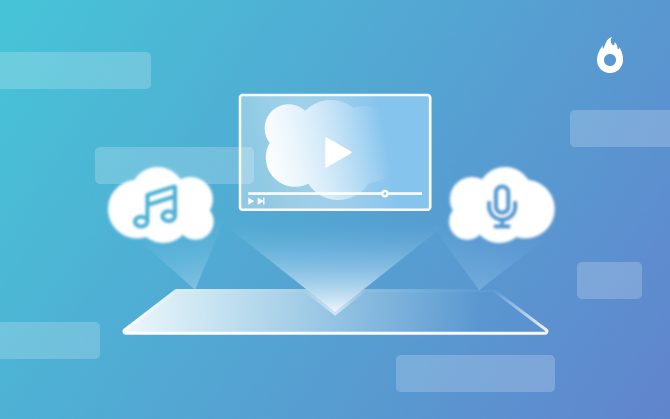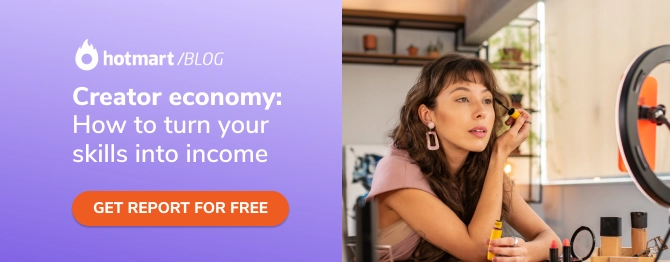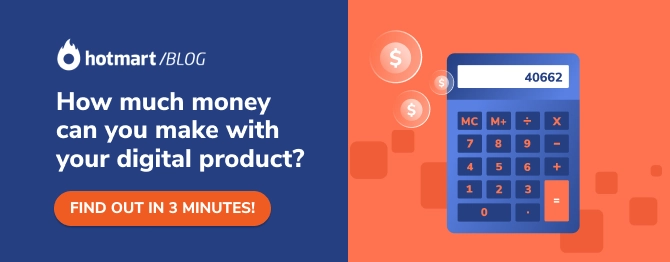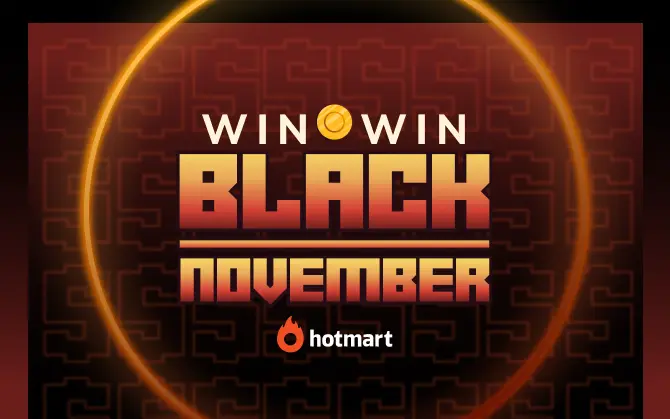
What Is the Creator Economy?
The creator economy involves turning content – information – into a paid product or service. Learn how creators can monetize their knowledge and sell it to anyone in the world from the comfort of their homes.

It’s just another day on the internet. You scroll through your Instagram, Twitter, and other social media feeds – watching videos and liking pictures. The content is so good you don’t realize how much time you spend consuming it – and you definitely don’t think about what it takes to create all that content.
In the 1900s and early 2000s, creating that kind of content would have required the services of a professional company. However, in the 21st century, quality content can be created with just a smartphone, tablet, or computer. Awesome, right?
Considering the global COVID-19 pandemic and changing work scenario, this is a well-timed development.
More and more people are required to work from home, and services have to be rendered via the internet – hence the rise in the demand for digital content.
Online content creation is a lifesaver, and you’re probably wondering what it’s all about. There’s a good chance you have at least some knowledge about the creator economy, especially considering there are so many creators out there nowadays.
So, relax, open up your mind, and get ready to learn with this blog post.
What is the Creator Economy?
On the internet, users are constantly looking for new content – be it to educate themselves, for entertainment, or for answers to everyday questions. Content is basically information, and it can come in many formats – videos, texts, and pictures.
The search for information has been made easier on the internet, and content creators are a big driving force behind this. Content creators gained greater prominence during the COVID-19 pandemic, which changed the lifestyles of many people around the world.
Since people could no longer go outside, they went online.
The creator economy involves turning content – information – into a paid product or service. It includes things like blogging, vlogging, and social media content. From the comfort of their homes, creators can monetize their knowledge and sell it to anyone in the world.
Who is part of the creator economy?
Do you realize you’re a part of the creator economy? Just by reading this blog post, you’re engaging in the creator economy, and literally anyone with a smartphone or laptop and an idea can become a content creator. Even many companies, previously accustomed to the physical setting, have become references on the internet.
Through creative content, individuals and businesses can educate, entertain, and advertise their products and services to internet users.
They provide their knowledge, talent, and expertise in the form of free content or paid digital products and services. These digital products can take many forms, like online courses, ebooks, subscription services, and paid communities.
Creators don’t normally work alone to produce their content. More often than not, they have a team behind them. A knowledgeable teacher, for example, might need the help of a graphic designer to design an ebook, or maybe a YouTuber relies on an external team to edit their videos.
And all those individuals and businesses are part of the creator economy.
How much is the creator economy worth?
There are countless businesses and professionals working in the creator economy, and even more amateur creators who create mass amounts of content.
On Instagram alone, 95 million photos and videos are shared every day. It’s impossible to place an exact value on the creator economy, but it’s estimated to be worth over 20 billion dollars, and it continues to expand every day. As such a profitable industry, you’re probably wondering how all that money is made.
How do creators make money?
After everything that’s been said so far, you might think that making money with content is easy. But that’s not the case – creating great content is one thing, making money from it is another entirely. And content creators don’t just make money from their content.
In fact, creators often share free content and make money in other ways.
Now we’ll discuss three ways to make money with content creation. Keep in mind that there are other ways creators can make money with their content, these three are just the most popular.
Ads
A YouTube channel with over 100,000 subscribers and a gross total of 2 million views every month is useless if the content creator can’t benefit from that massive audience. That’s where ads come in.
Ads can take many forms. In the case of YouTube, they’re short videos advertising a product or service to a prospective audience that play before, and sometimes during, videos. Creators are paid to allow these videos and other sponsored ads to be displayed on their content.
Subscription Models
Charging their audience a small monthly or yearly fee is another way creators can make money. By subscribing, users gain access to exclusive content from creators that isn’t available anywhere else.
Subscriptions can take the take form of streaming services, exclusive communities, and courses, among others.
Digital Products
Creators can also make money by packaging their content and selling it as a digital product.
As the name implies, digital products are products that are available in digital formats. Among the most popular digital products are ebooks and online courses.
Digital products are a great way for creators to monetize their content. Creators with a large audience can easily sell to their audience since they have already established themselves as references and gained the trust of their followers.
I’m not a creator, can I still be a part of the creator economy?
Even if you don’t create digital products or content, or don’t consider yourself a creator, you can still make money in the creator economy. As we mentioned earlier, creators usually rely on the services of non-creators to help them produce and sell their digital content and manage their online businesses.
As such, there’s plenty of room in the creator economy for professionals from different areas and niches to be successful. So yes, even if you’re not a creator, you can still enter the creator economy and make money. Here’s how:
Providing services to creators
Many creators out there are like musical artists – they have the raw talent but they require a team to help them produce, package, and sell their content.
These teams can consist of a few individuals or freelancers, or sometimes entire businesses are built around content creators.
Creators also depend on platforms and services to help them create and share their content. For example, many creators today use apps like Canva or Adobe Illustrator to create their Instagram content, and many photographers depend on editing apps like Lightroom.
Even if you don’t provide services directly to a creator, there are plenty of jobs in the creator economy at companies that build platforms and apps that creators use every day.
Promoting products as an affiliate
Creating content and digital products, and engaging with audiences can be very time consuming for creators. So much so, that it can be difficult for creators to find the time to sell their own digital products.
Many creators rely on affiliates to help them promote and sell their digital products.
An affiliate is someone who promotes and sells a creator’s products and services in exchange for commissions. This is a win-win situation for everyone: creators can focus on creating their products, and affiliates can get paid without having to create a product of their own.
What is the future of the creator economy?
The creator economy wasn’t created overnight, and it’s still rapidly expanding. More and more people are creating content to promote their businesses and earn money, whether as a secondary or primary source of income.
Unlike other sectors and industries that rely on primary resources, the creator economy has much more room for growth, as content creation is almost exclusive to digital spaces.
And despite the fact that there are already so many huge creators putting out content, there are still plenty of niches and subcultures for creators to explore.
The arrival of NFTs and the Metaverse open up new doors for content creators to monetize and share their content. In the future, we can expect to see new platforms and content formats arise for creators to take advantage of.
Twenty years ago, if you told people you wanted to make money by putting videos on the internet, people would have thought you were crazy. Now, there are thousands of YouTubers, streamers, and other types of creators that make their living by creating content!
Join the booming creator economy
The main takeaways about the creator economy are clear: it’s not a trend and there’s a lot of money to be made.
Even if you don’t see yourself as a creator, there are still plenty of opportunities to make money in the creator economy by providing services and products to content creators.
And if you’re thinking about becoming a creator, don’t think too much! Just give it a shot and start making content, what do you have to lose? Check out our post about the 15 best-selling products on the internet for some inspiration and access Hotmart’s free resources to take your next step as a creator.







